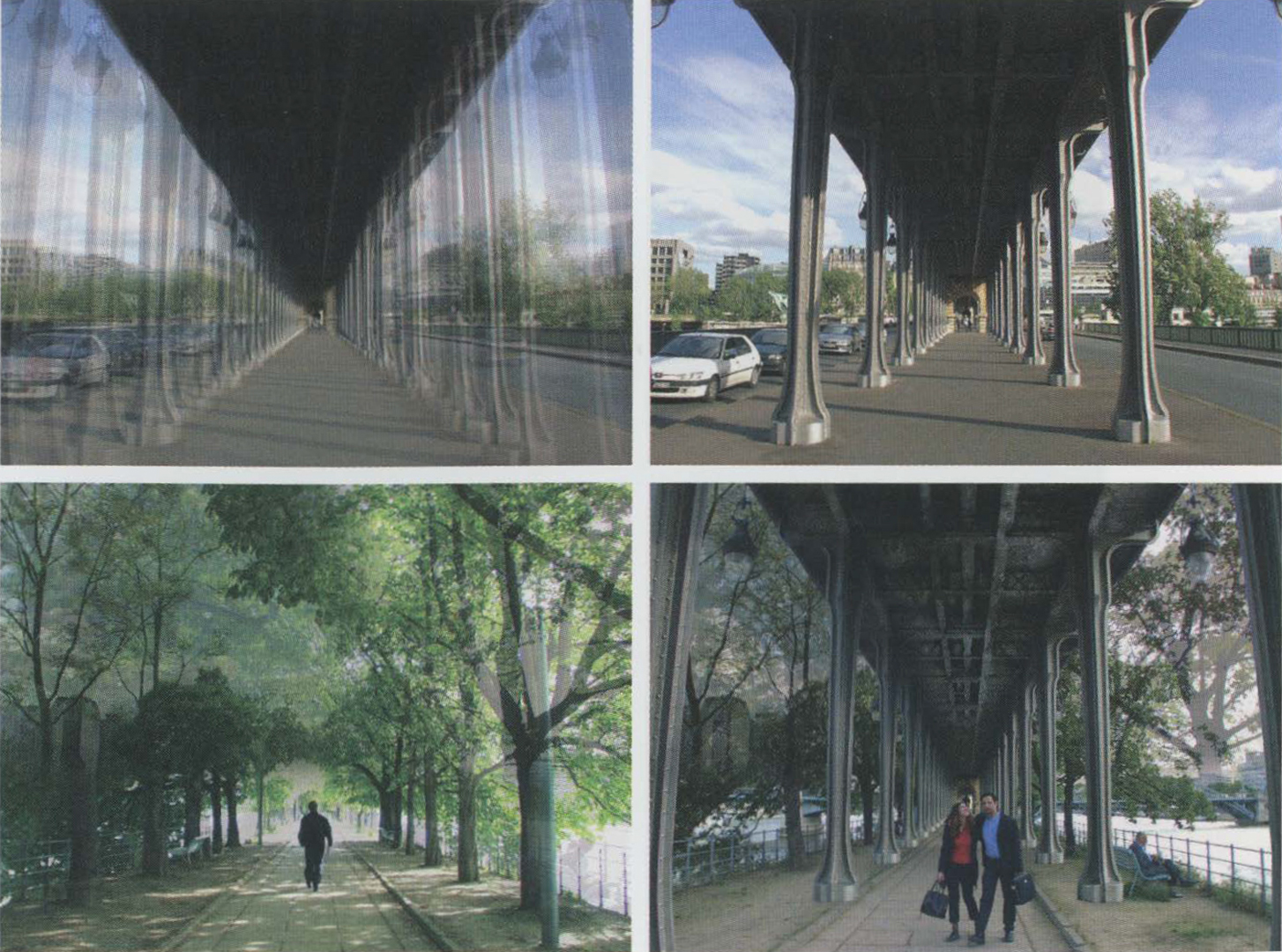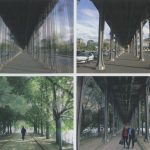Joseph Rabie: Psychogeographical Studies
Artist(s):
Title:
- Psychogeographical Studies
Exhibition:
Creation Year:
- 2007
Medium:
- Interactive, digital photography
Category:
Artist Statement:
This ongoing work explores the ?genus loci? of inhabited cityscapes and natural landscapes. It uses the technique of ?interactive photography,? defined as ?photographs which are not only sensitive to light, but are also sensitive to the beholder?s scrutiny.? It explores the dynamic, interactive innovations made possible by the encounter between digital photography and computer algorithms, and represents a new paradigm outside the realm of film-based photography, which has as its finality a static, printed work. Genus loci, or ?sense of place,? defines the profound attributes that give the perception of different sites their character and identity. This is the raw material for psychogeographical work on urban or natural landscapes. I have always used whatever means of representation are available (drawing, photography, writing, even sand) to apprehend the form, narrative, and emotion within the orchestration each place conceals. The practice of interactive photography (making a picture multiple and malleable) enables me to explore a new territory of expression. Programming allows a picture to develop its own dynamic discourse, via the poetic dialogue that an interactive relationship instigates within the observer. Instead of being a passive spectator ?over the photographer?s shoulder,? the computer allows the viewer to play an active, immersive role within the content and meaning of the picture. Interactive pictures challenge the inert nature of the photographed scene: by recomposing the fragmentary instants of sucessive views, time and space are deconstructed, disordered, and reassembled in accordance with the observer?s probing. The meaning of the picture is transformed by unexpected juxtapositions and permutations that destabilise the photographic reproduction of reality. The absolute fraternizes with the arbitrary, where the initial, objective photographic recording becomes a zone permeable to irrational artifices privy to the territory of the mind. The photographic ?now,? that instant of shutter release, has always represented a certain tyranny. Why this moment and not another? The same applies to space: though it contains infinite possibilities, any particular moment may only be occupied by a single, unique artifact. Or illuminated in a single, particular way. Using interactive photography, space and time conglomerate within an armature of simultaneity. The techniques put in play, using algorithmic routines to confound a succession of ?nows? within a single picture, allow a greater understanding of the genus loci and our relationship to it.
Technical Information:
The arrival of the computer and digital imagery represents
a profound moment. But if digital photography simply replicates or augments what has been done previously on film,
an enormous opportunity for creative, conceptual, intellectual possibilities is ignored. The replacement of the darkroom by Photoshop and similar applications brings ease and quality, but also artistic possibilities (for example, renewal of the collage genre). Nonetheless, the final objective, a single printed or projected photographic picture does not differ from what came before. The objective of this work is to utilise the originality of the computer as a display engine, capable of using algorithmic procedures for user-impelled, dynamic image processing “on the fly.” Programming allows one to construct a picture with an internal, procedural narrative that adds a new dimension of
meaning and poetry, transcending that which exists within the
individual component images.






